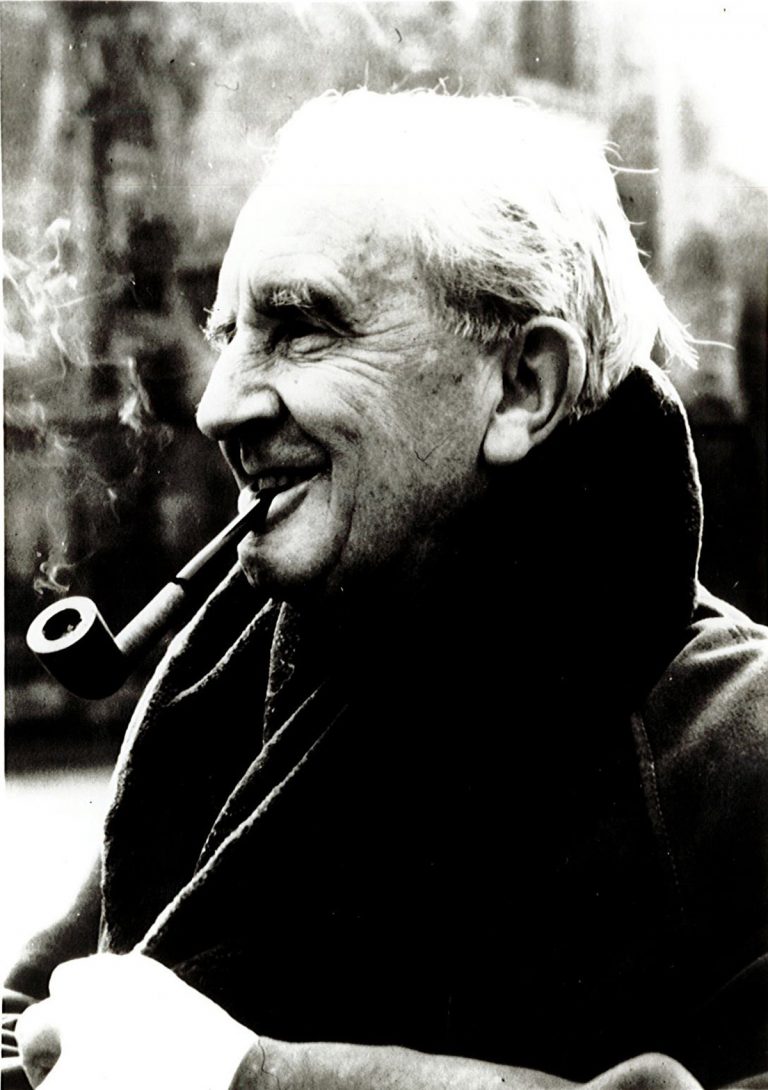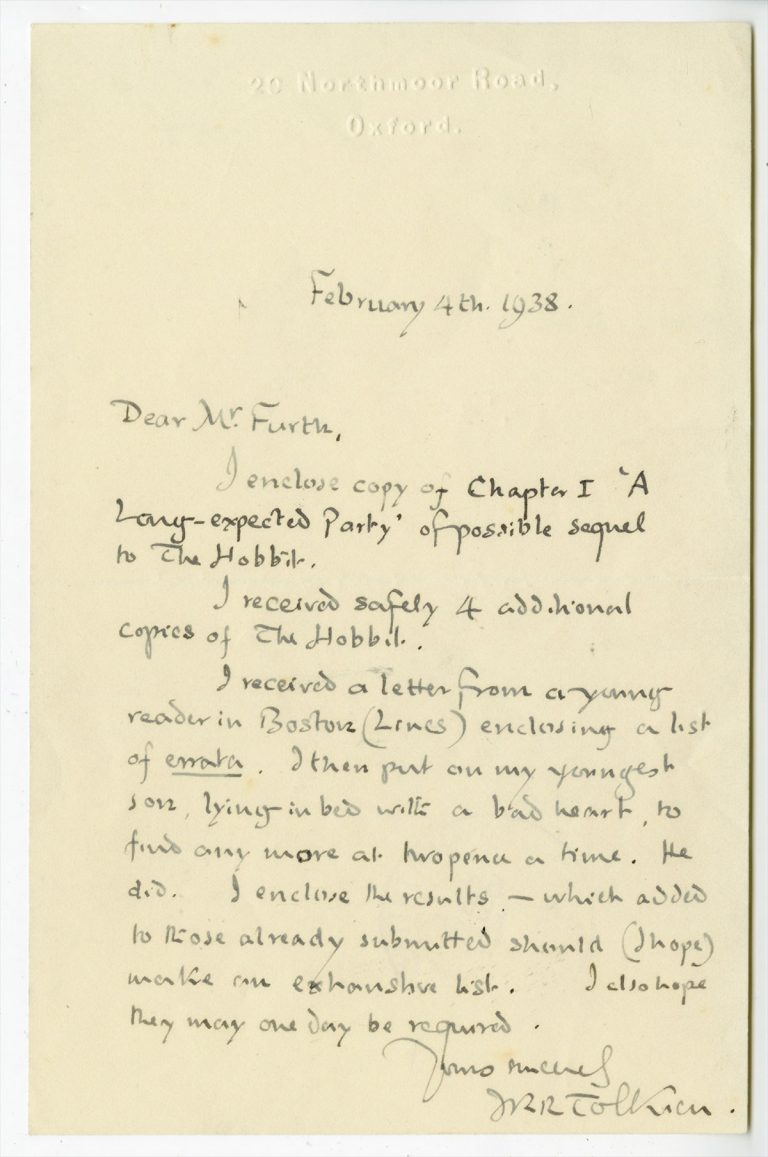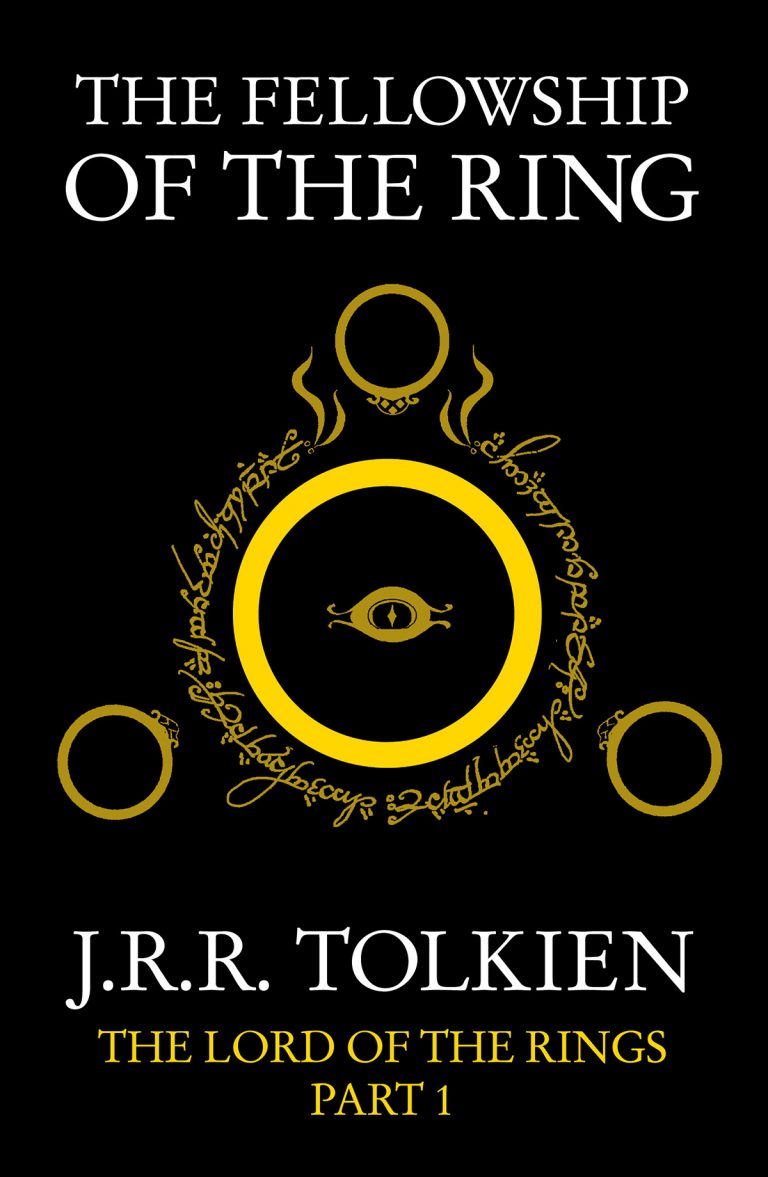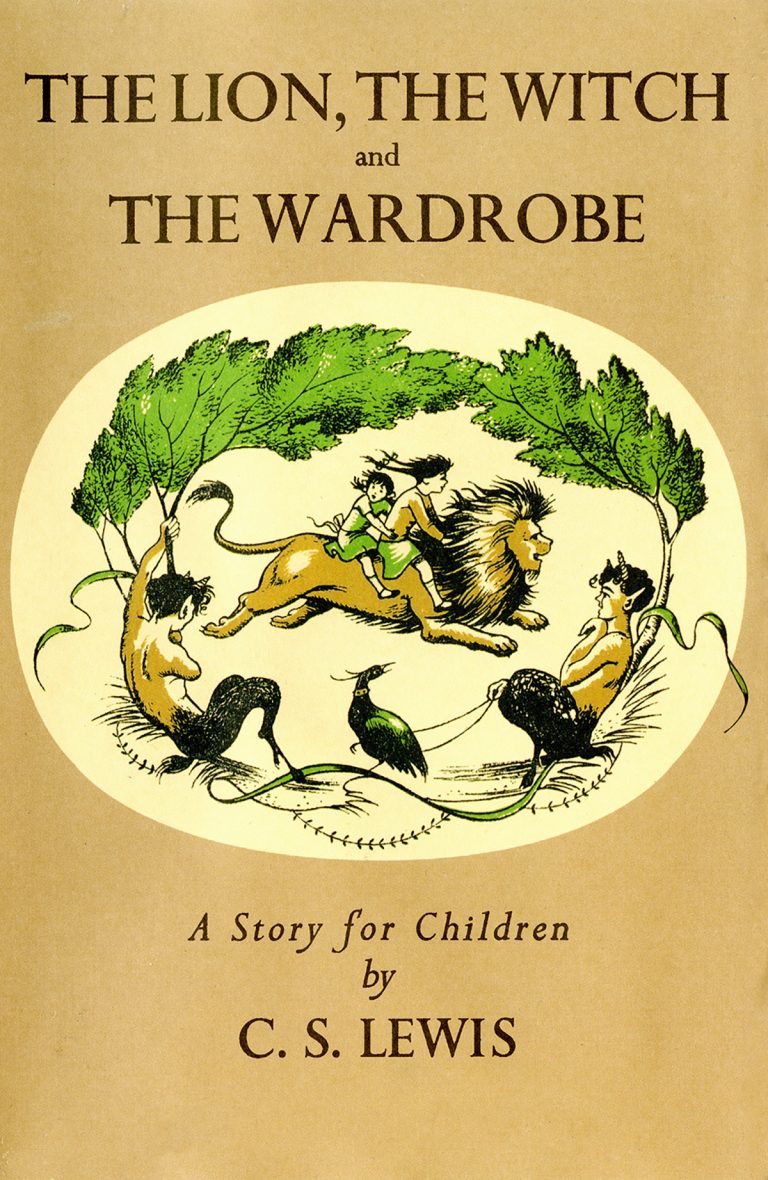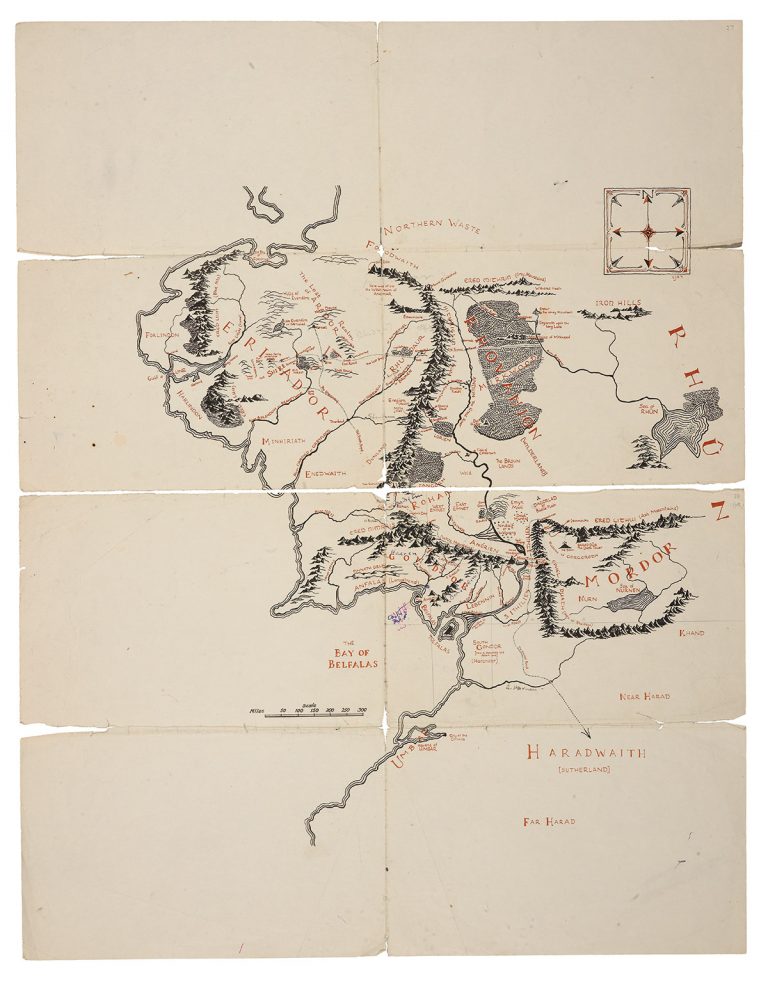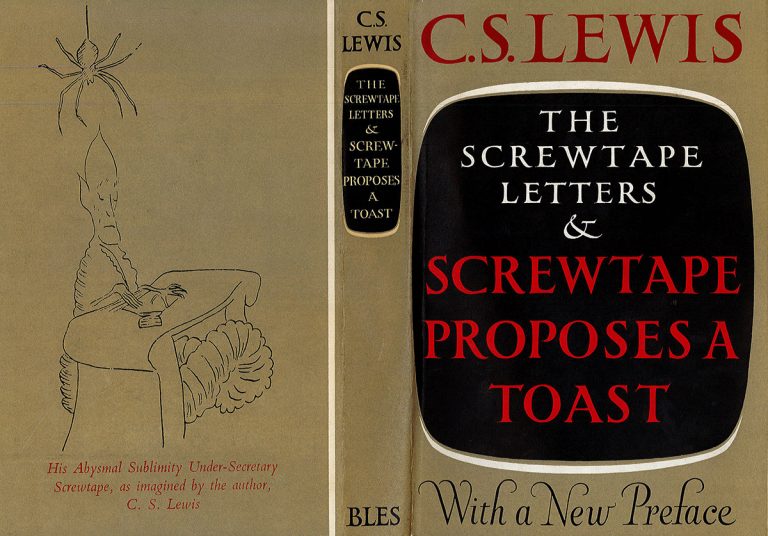Explore significant moments in HarperCollins history
J.R.R. Tolkien and the Trilogy
Sir Stanley Unwin, chairman of British publishers George Allen & Unwin (later acquired by HarperCollins), originally rejected the 9,250-page manuscript of The Lord of the Rings, the sequel to J. R. R. Tolkien’s moderately successful (at the time) The Hobbit, as it was too long, and the author would make a deal with the publisher only if they also agreed to take another of his unfinished books.
However, his son Rayner, who had originally suggested that his father publish The Hobbit, read the lengthy manuscript and persuaded him to publish it—but in three volumes rather than as one long book, becoming one of the first trilogies. Some in the firm doubted it would even sell enough copies needed to cover costs, but all three volumes were published in 1954 and 1955.
Within months, several thousand copies had been sold, and they kept selling. The work has since sold more than 150 million copies worldwide in more than 40 languages. In 2003, a survey by the BBC found the book to be the most popular title among more than 750,000 respondents, and the 2001–2003 film trilogy adaptation by director Peter Jackson captured a total worldwide box office of $2.9 billion.
